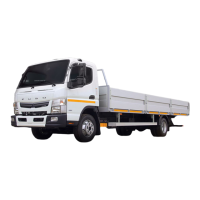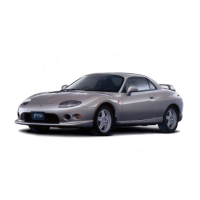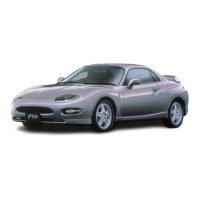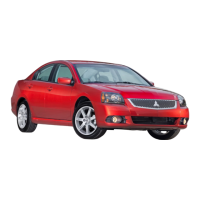7-19
1 Do not overloading the vehicle.
•
Overloading the vehicle causes braking per-
formance to deteriorate and can thus cause an
accident. Also, overloading the vehicle places
excessive stress on vehicle parts, shortening
their service lives. The vehicle is designed to
perform best when loaded within its Gross Vehi-
cle Weight Rating (GVWR) and within its front
and rear Gross Axle Weight Ratings (GAWR).
Try not to exceed these ratings.
• The vehicle’s GVWR, front GAWR, and rear
GAWR are listed on the VIN plate that is located
as shown in the illustration.
NOTE:
Loading to a weight almost equal to a total of the
front and rear GAWRs may exceed the GVWR.
For example, a vehicle with a GVWR of 12,000 lbs.
(5,445 kg) has a front GAWR of 4,850 lbs. (2,200
kg) and a rear GAWR of 8,600 lbs. (3,900 kg).
Added together, the GAWRs total 13,450 lbs. (6,100
kg), thus exceeding the GVWR. Be sure neither the
GAWRs nor GVWR are exceeded.
Loading cargo
WARNING
• Overloading the vehicle can damage the
vehicle and make safe driving difficult. For
safety, never overload.
• The GVWR and GAWRs pertain to the max-
imum load the vehicle can physically
carry. Please also abide by state and
regional loading limit requirements.
• Do not carry passengers in the cargo area
while the vehicle is in motion.
Z11959
Z11958
4,850 lbs.
12,000 lbs.
8,600 lbs.
FE_FG.book Page 19 Tuesday, February 8, 2011 4:00 PM

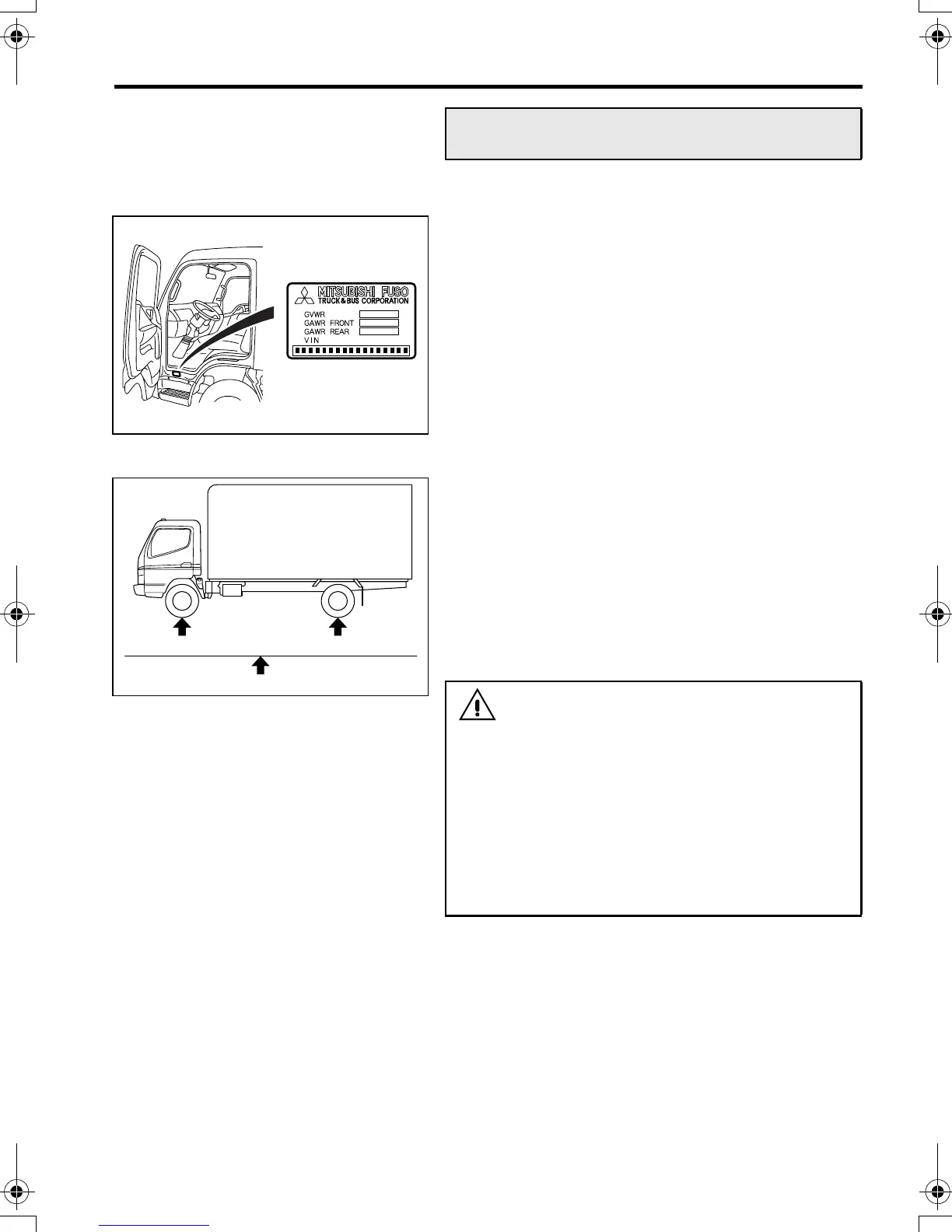